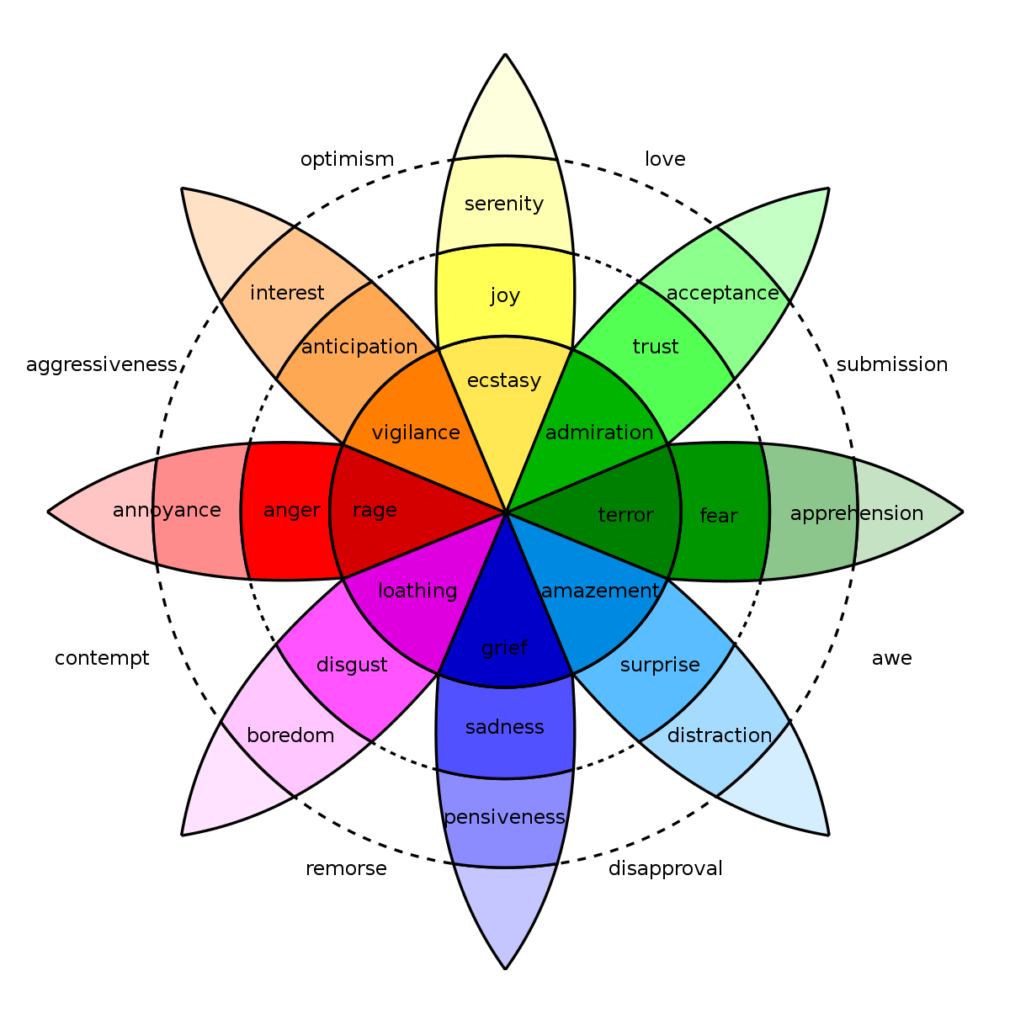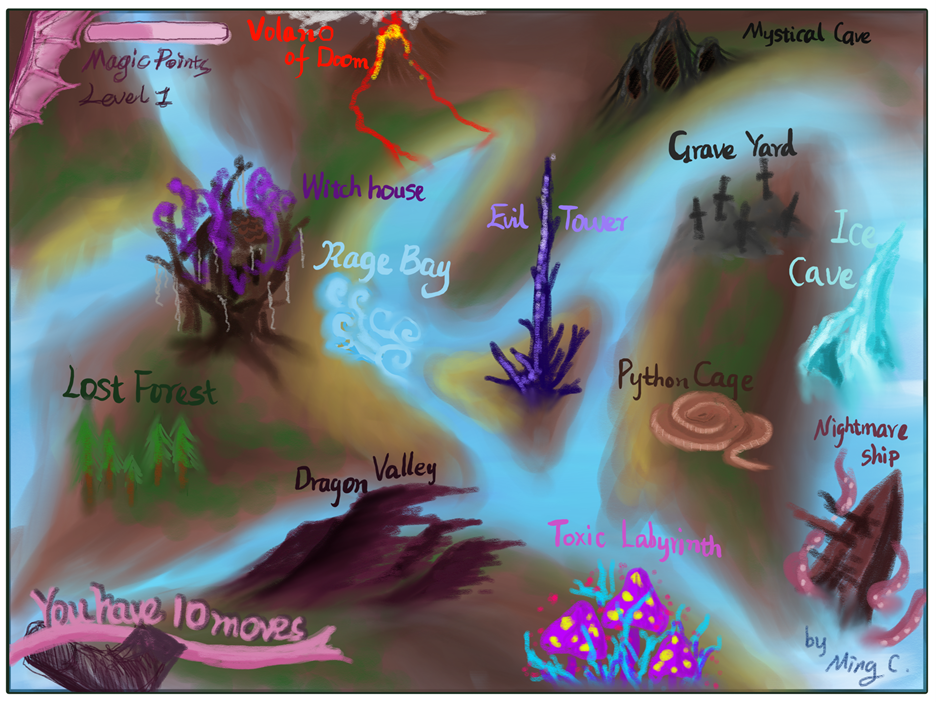Hi sorry this is massively late, I did not read the instructions carefully enough clearly!
My project for ITP is going to be primarily focusing on science communication and science literacy: how can we make science accessible to all populations? One of the big questions I have had since COVID-19 hit was “how are people denying the science? How is this becoming political? How are people I thought were so smart not following the experts?” I think I found part of the answer during my literature review. When people hear new information, they accept or deny it based on how they perceive it to fit into their belief system and their community’s belief system. It doesn’t matter how “well educated” someone is, because it’s not about intelligence at all, it’s about fitting into your community. The only way to effectively communicate science is to have a diverse team of science communicators and to encourage people to look at data/ideas from different perspectives, and use that to confront their own perspectives.
The Collective Fabric is a project I have been working on for about 7 months. I spoke at a symposium last Saturday at the Civic Art Lab to explain the progress. Essentially, we’ve completed a prototype within my research lab, where we created take-home kits containing agar plates (which grow bacteria), cotton swabs, and instructions on how to plate their microbiome (the community of colonizers living on your skin, in your mouth, in your gut). We also asked them to answer questions of stillness in response to their life changes since the pandemic: what is something that has surprised you? What is something that has challenged you? What is something you miss? From here, we took the images of the grown bacterial plates and generated digital collective fabrics, using the answers to this questions as the thread to pull the plates together. There are three members of my team, one undergraduate Hunter student from Queens, and a African-born Dutch artist who works in residence in my lab. Each of us constructed our own fabric, touching on concepts of the essential role that diversity plays in our microbiomes and in our society, how data is biased by the person interpreting, and how discussing how people answer questions differently gives space for us to confront our own perspectives and question oru belief systems.
This project hits a lot of the goals I have grown to have throughout ITP. For my project, I would like to turn the Collective Fabric into an educational opportunity, focusing on young children (possible within Hunter College’s early education schools). I think the process of streaking bacterial plates helps people become comfortable with scientific concepts in their everyday life, building trust in scientists, and the process of discussion allows them to get comfortable talking about our differences and celebrating them, understanding how we’ve been affected differently, and systems in place that causes those differences. I have to do more work to decide exactly which concepts would be best for different age groups, and then decide which group would be best to focus on. Overall, I think I have a base prototype that I could adapt to a digital humanity project, creating a website to document these fabrics, answers to these questions, and watching bacterial growth.




